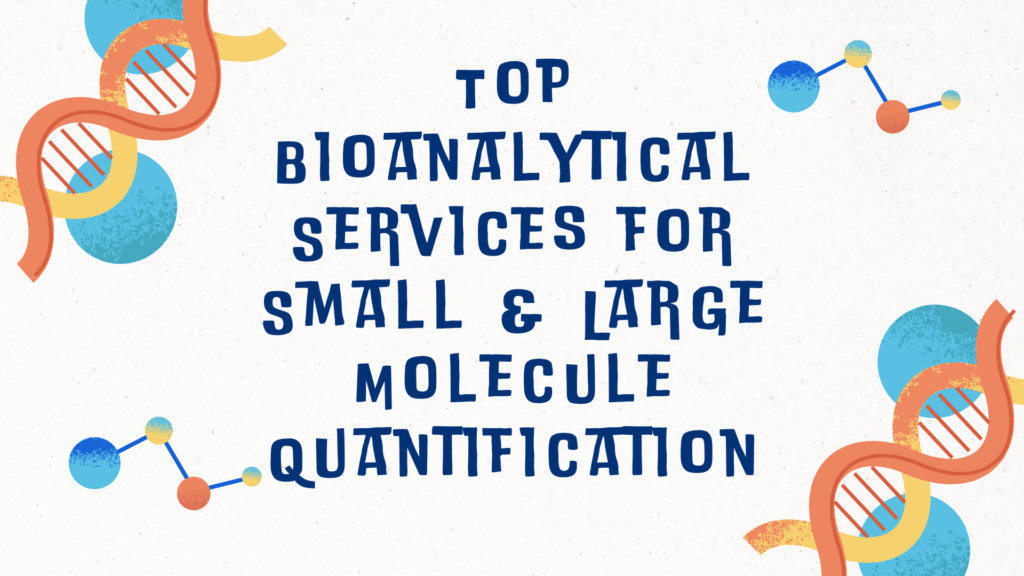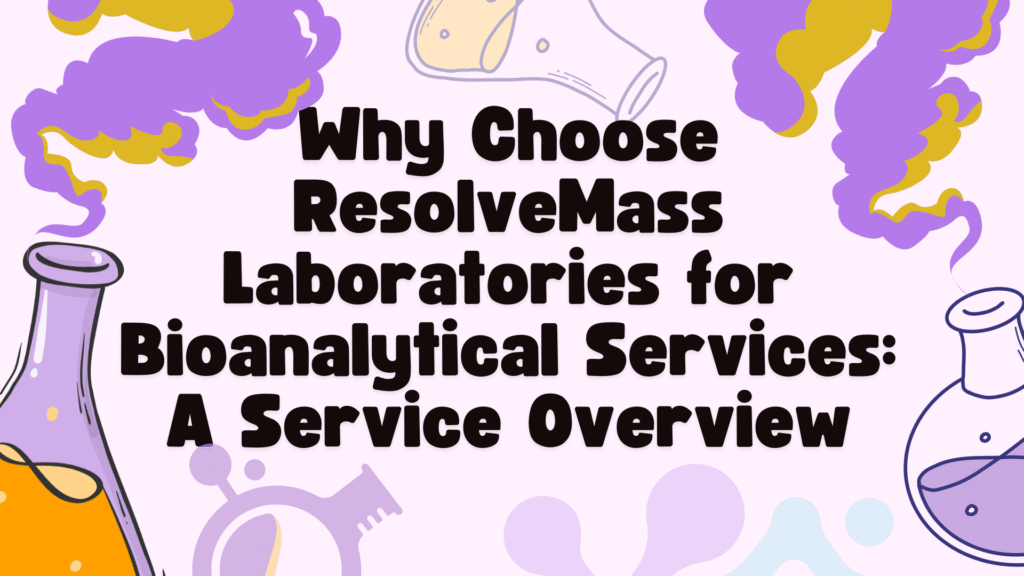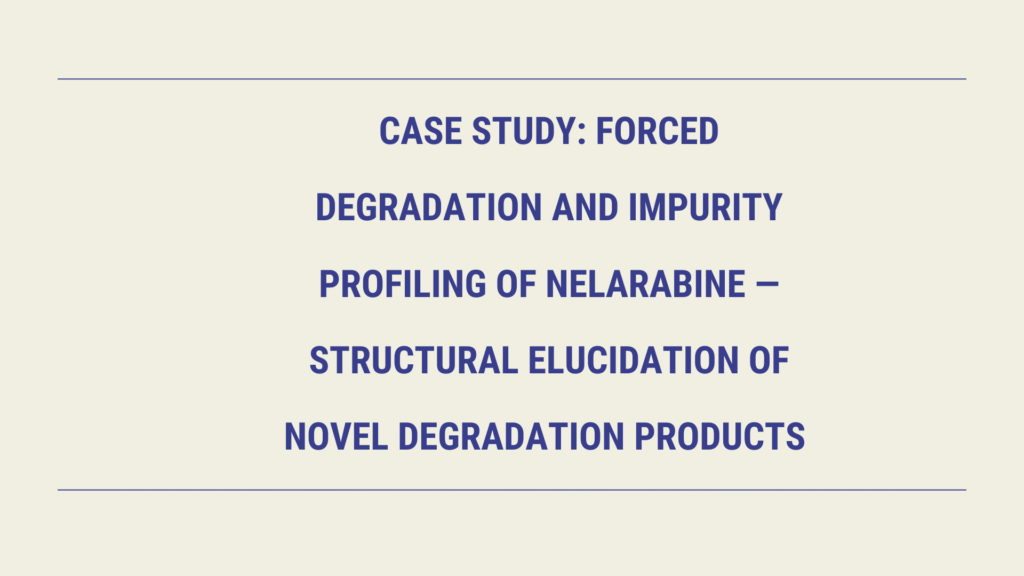
Shotgun lipidomics, a mass spectrometry-based approach, enables comprehensive analysis of lipid profiles in biological samples. Its direct infusion method allows for high-throughput and detailed lipid characterization, offering significant insights into lipid metabolism, disease biomarkers, and therapeutic targets. As the field progresses, laboratories in Canada and the United States face regulatory challenges that impact the implementation and standardization of shotgun lipidomics. This article explores these challenges and proposes solutions to facilitate the integration of this powerful technique into research and clinical settings.
Understanding Shotgun Lipidomics
Shotgun lipidomics involves the direct infusion of lipid extracts into a mass spectrometer without prior chromatographic separation. This approach leverages the unique mass-to-charge ratios of lipid species for their identification and quantification. High-resolution mass spectrometers, such as those equipped with time-of-flight (TOF) or Orbitrap analyzers, are commonly used to achieve the necessary sensitivity and accuracy. The method’s efficiency makes it suitable for large-scale studies, providing a comprehensive overview of the lipidome.
Regulatory Landscape in Canada and the United States
Both Canada and the United States have established regulatory frameworks governing the use of analytical techniques in research and clinical diagnostics. These frameworks ensure data quality, reproducibility, and compliance with ethical standards. However, the application of shotgun lipidomics presents specific challenges within these regulatory environments.
Canada
In Canada, the regulatory landscape for analytical methodologies is evolving rapidly. Health Canada’s Food and Drugs Act and its associated regulations oversee the approval and monitoring of diagnostic tests and analytical procedures. The fast-paced development of technologies like shotgun lipidomics often outstrips the existing regulatory guidelines, leading to uncertainties in compliance requirements. Laboratories must navigate these evolving standards to ensure their methodologies meet current regulatory expectations.
United States
The United States Food and Drug Administration (FDA) regulates analytical methods under the Clinical Laboratory Improvement Amendments (CLIA) and other relevant statutes. The FDA emphasizes method validation, quality control, and standardization. The novelty of shotgun lipidomics means that specific guidelines for its implementation are still under development, posing challenges for laboratories seeking to adopt this technique. Ensuring compliance with existing regulations while awaiting more tailored guidelines requires proactive engagement with regulatory bodies.
Challenges in Implementing Shotgun Lipidomics
1. Standardization and Validation
The lack of standardized protocols for shotgun lipidomics complicates method validation and inter-laboratory reproducibility. Variations in sample preparation, instrument calibration, and data analysis can lead to inconsistent results. Establishing standardized workflows is essential for generating reliable and comparable data across different laboratories.
2. Quality Control Measures
Implementing robust quality control measures is critical to maintain the accuracy and precision of shotgun lipidomics analyses. The complexity of lipidomes and the potential for ion suppression or enhancement necessitate comprehensive quality control strategies. Developing and adhering to stringent quality control protocols ensures the reliability of analytical outcomes.
3. Data Management and Interpretation
Shotgun lipidomics generates vast amounts of data, requiring sophisticated bioinformatics tools for processing and interpretation. Effective data management systems are necessary to handle this complexity. Additionally, the development of user-friendly software and databases can facilitate the accurate annotation and quantification of lipid species, enhancing the utility of the data generated.
4. Compliance with Ethical and Privacy Regulations
In both Canada and the United States, the use of human biological samples is subject to strict ethical and privacy regulations. Laboratories must ensure that their shotgun lipidomics studies comply with guidelines such as the Tri-Council Policy Statement in Canada and the Health Insurance Portability and Accountability Act (HIPAA) in the United States. This compliance involves obtaining informed consent, ensuring data confidentiality, and adhering to protocols for the ethical use of human samples.
Proposed Solutions
1. Development of Standard Operating Procedures (SOPs)
Creating and disseminating standardized protocols for shotgun lipidomics can enhance reproducibility and reliability. Collaborative efforts among research institutions, regulatory agencies, and industry stakeholders can lead to the establishment of consensus guidelines. These SOPs should encompass all aspects of the workflow, including sample collection, preparation, instrument settings, and data analysis.
2. Implementation of Proficiency Testing Programs
Proficiency testing programs allow laboratories to assess their performance by analyzing standardized samples and comparing results with peer institutions. Participation in such programs can identify areas for improvement and promote adherence to best practices. Regulatory bodies can facilitate these programs to ensure widespread adoption and compliance.
3. Investment in Training and Education
Providing comprehensive training for laboratory personnel on the principles and practices of shotgun lipidomics is vital. Educational initiatives can include workshops, online courses, and certification programs. Well-trained staff are better equipped to implement the technique effectively and maintain compliance with regulatory standards.
4. Engagement with Regulatory Agencies
Active engagement with regulatory agencies can help laboratories stay informed about evolving guidelines and contribute to the development of regulations specific to shotgun lipidomics. Open communication channels between researchers and regulators can facilitate the creation of policies that support innovation while ensuring data quality and patient safety.
5. Adoption of Advanced Data Management Systems
Investing in robust data management and bioinformatics tools can streamline the processing and interpretation of complex lipidomics data. Implementing standardized data formats and integrating with existing databases can enhance data sharing and comparability. Additionally, adopting FAIR (Findable, Accessible, Interoperable, Reusable) data principles can improve the utility and impact of lipidomics research.
Conclusion
The integration of shotgun lipidomics into research and clinical laboratories in Canada and the United States offers significant potential for advancing our understanding of lipid-related diseases and developing novel therapeutic strategies. However, addressing the regulatory challenges associated with this technique is crucial for its successful implementation. By developing standardized protocols, implementing quality control measures, investing in training, engaging with regulatory agencies, and adopting advanced data management systems, laboratories can navigate the regulatory landscape effectively. These efforts will ensure that shotgun lipidomics contributes meaningfully to scientific discovery and clinical innovation.
REFERENCES
- Wang J, Han X. Analytical challenges of shotgun lipidomics at different resolution of measurements. TrAC Trends in Analytical Chemistry. 2019 Dec 1;121:115697.
- Lippa KA, Aristizabal-Henao JJ, Beger RD, Bowden JA, Broeckling C, Beecher C, Clay Davis W, Dunn WB, Flores R, Goodacre R, Gouveia GJ. Reference materials for MS-based untargeted metabolomics and lipidomics: a review by the metabolomics quality assurance and quality control consortium (mQACC). Metabolomics. 2022 Apr 9;18(4):24.
- Olshansky G, Giles C, Salim A, Meikle PJ. Challenges and opportunities for prevention and removal of unwanted variation in lipidomic studies. Progress in Lipid Research. 2022 Jul 1;87:101177.
- Astarita G, Kelly RS, Lasky-Su J. Metabolomics and lipidomics strategies in modern drug discovery and development. Drug discovery today. 2023 Oct 1;28(10):103751.
The Role of Extractables and Leachables (E&L) in Carcinogenicity Risk
Introduction Extractables and Leachables Carcinogenicity Testing plays a vital role in protecting patients who rely…
Case Study: Forced Degradation Study of Gimeracil — Discovery and Structure Elucidation of Novel Impurities
Introduction Forced degradation studies are a cornerstone of modern pharmaceutical development, enabling scientists to intentionally…
Affordable Bioanalytical Services for Start-Up Biotech: What to Expect
INTRODUCTION Affordable bioanalytical services for start-up biotech companies provide the essential analytical support needed to…
Top Bioanalytical Services for Small & Large Molecule Quantification
Introduction Bioanalytical services for small & large molecule quantification are essential for ensuring precision, sensitivity,…
Why Choose ResolveMass Laboratories for Bioanalytical Services: A Service Overview
INTRODUCTION The short answer is: clients choose ResolveMass because this ResolveMass Bioanalytical Services Overview demonstrates…
Case Study: Forced Degradation and Impurity Profiling of Nelarabine — Structural Elucidation of Novel Degradation Products
Introduction: The Critical Role of Forced Degradation in Defining Nelarabine Stability Forced degradation testing continues…







